Asian megacities are among the fastest-changing places in the world. According to Korean Post, as of 2025, 19 of the world’s 20 largest cities with populations over 10 million are located in Asia. The Guangzhou metropolitan area alone is home to 72.7 million people, making it the most densely populated region on the planet. Cities like Tokyo, Seoul, Hong Kong, and Singapore are shaping new models of the future city by blending unique social and economic features with advanced technology. This article looks at the housing trends and future prospects of major Asian cities.
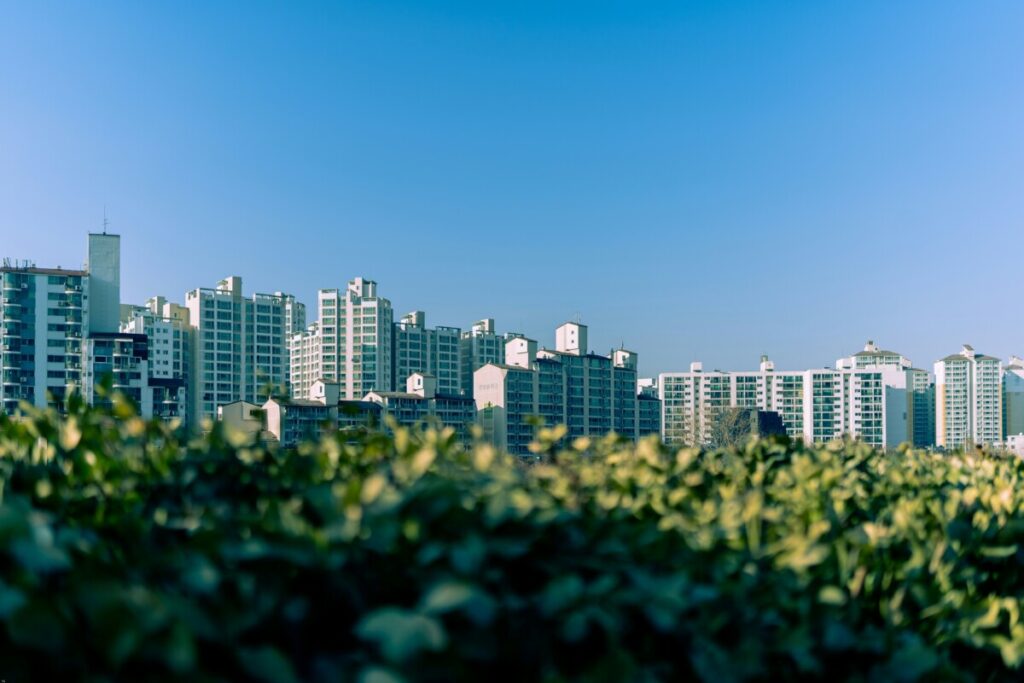
Seoul(South Korea):
The Rise of the Apartment-Only Generation
Seoul is a megacity of about 10 million people. Considering that Korea’s total population is about 50 million, the concentration in the capital is remarkable. Naturally, this has created a strong apartment-centered housing culture.
In particular, the MZ generation, born between the early 1980s and early 2000s, is often called the “apartment-only” generation because they rarely consider other housing types. For them, owning a home almost always means owning an apartment.
Around 59 percent of households in their 30s are dual-income, and this lifestyle makes practicality and ease of management more important. This has driven demand for apartments even higher. Seoul’s apartment complexes are also evolving into large-scale residential communities that integrate education, retail, and community services. These complexes are no longer just living spaces, but complete lifestyle hubs where housing, consumption, learning, and leisure all happen within a single urban unit.
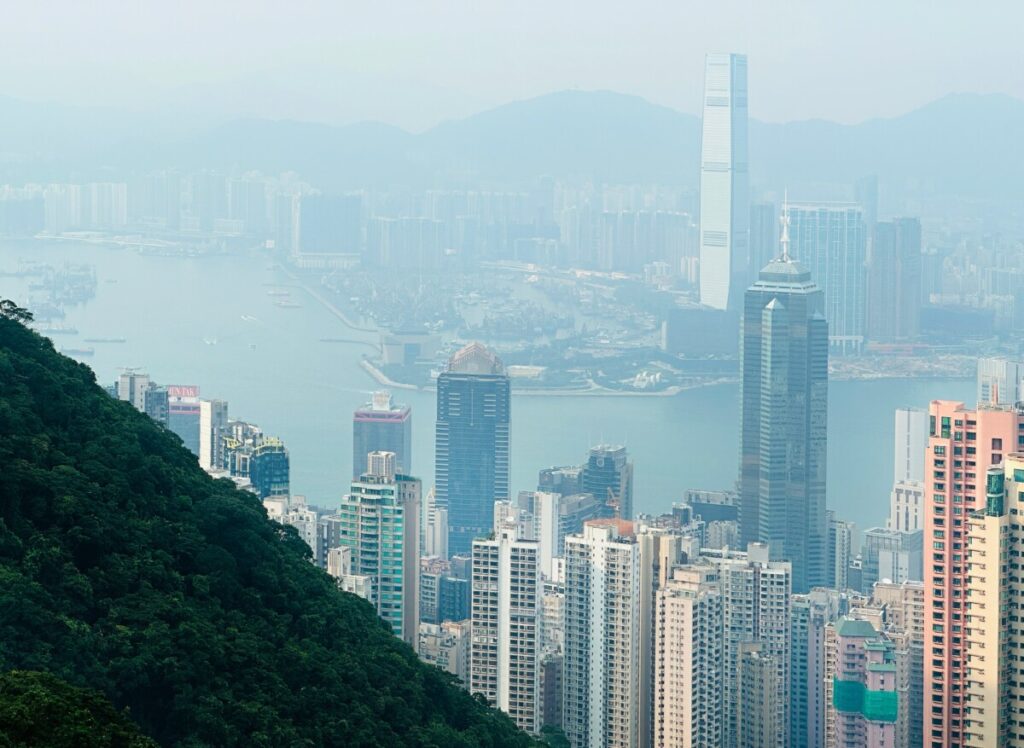
Hong Kong:
A Long-Life Society and High-Rise Living
Hong Kong is one of the cities with the highest average life expectancy in the world. While healthcare systems and diet play a role, many analysts argue that the convenience of high-rise apartment living is closely linked to this longevity.
In this context, apartments are more than just places to live. They function as infrastructure that supports efficiency and health. At the same time, Hong Kong apartments have become tools for global investors, serving as “asset parking” to preserve or hide wealth. This has pushed housing costs higher and deepened inequality. In response, the government is expanding public rental housing and providing support policies for seniors and low-income families.
Despite being one of the densest housing markets in the world, Hong Kong is working hard to improve quality of life by offering innovative layouts, better views, more green space, and communal areas. Smart home systems, heat recovery, and energy-efficient technologies are also being introduced to improve everyday living.
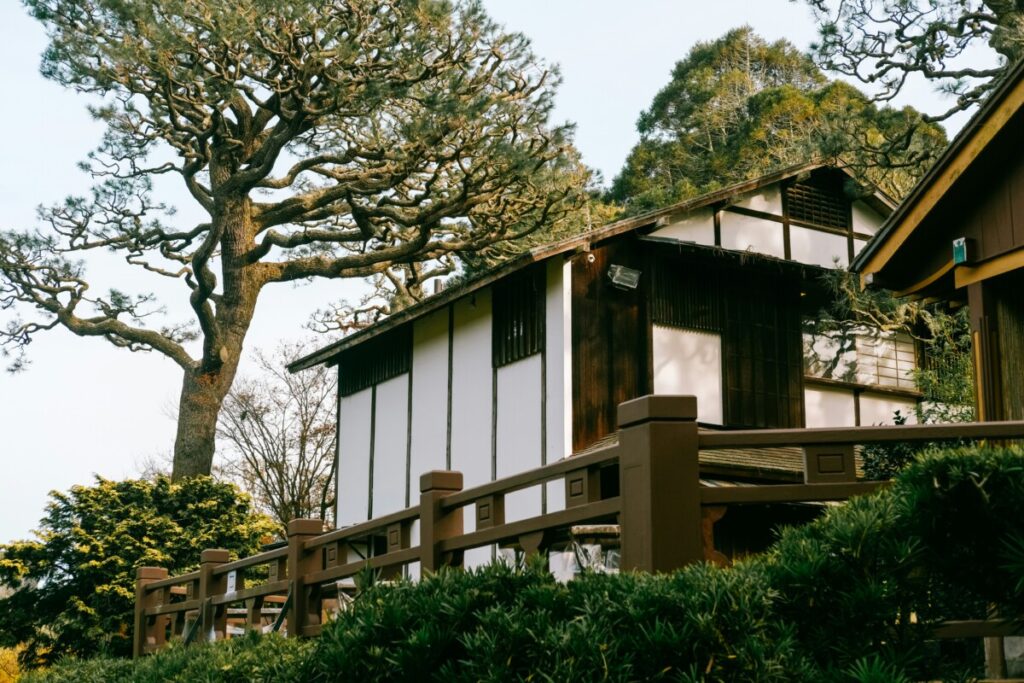
Tokyo(Japan):
Mansion Culture and Women-Centered Preferences
According to Maeil Economy, women’s labor force participation in Tokyo has reached 68 percent, and this shift is reshaping housing consumption patterns and design. Women in their 20s and 30s increasingly see their homes not just as residences but as “life icons” that reflect identity and lifestyle.
Japan’s mansion housing has unique features, such as integrated kitchen-living layouts, home office corners, and active community spaces. With remote work expanding, housing units are diversifying, and personalized interior services are on the rise. At the same time, models that strengthen social solidarity, such as care houses or residential complexes connected to hospitals, are increasing. Tokyo is building a multi-layered housing ecosystem that supports both personal lifestyle and social networks.
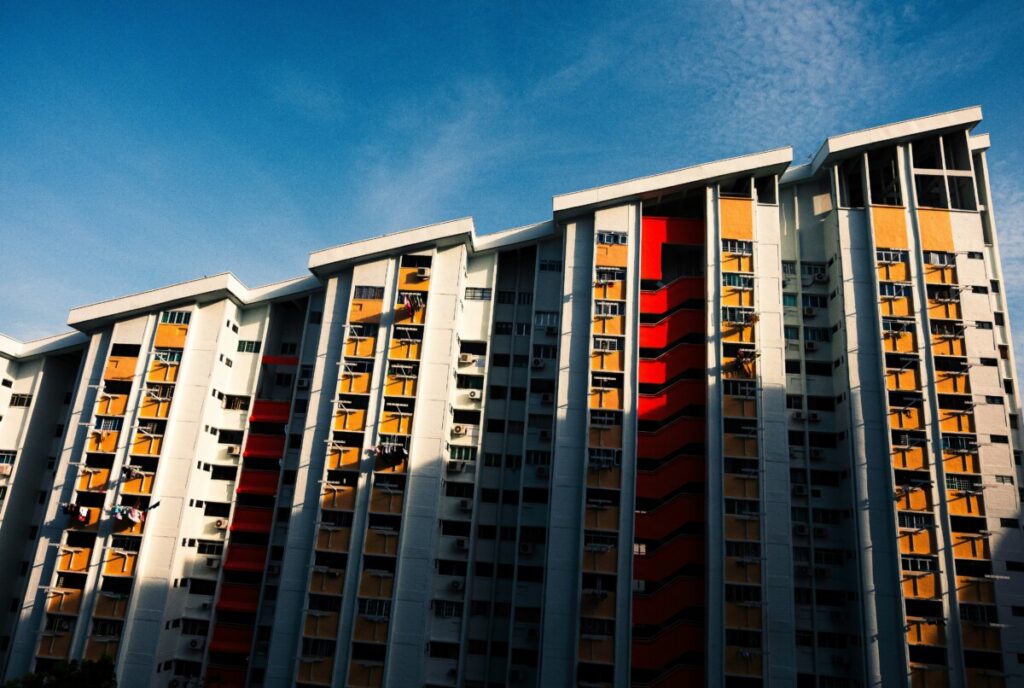
Singapore:
From Public Housing to a Smart Urban Ecosystem
Singapore is widely regarded as a successful case of public housing policy. More than 80 percent of the population lives in Housing & Development Board (HDB) flats, which have evolved into “cities within the city”, integrating education, healthcare, shopping, and leisure.
Sustainability is a key priority. Eco-friendly materials, solar panels, and rainwater recycling systems are being applied in housing design. Customized housing for seniors and people with disabilities, along with mixed-use complexes that revitalize community life, are also expanding. These efforts are closely tied to Singapore’s vision of becoming a smart city.
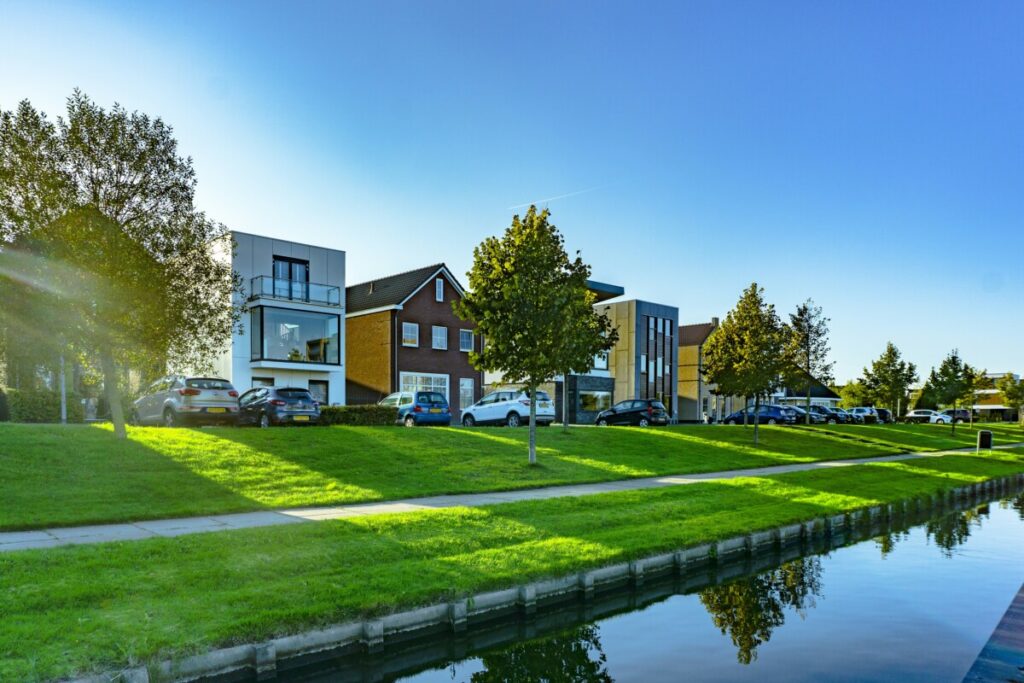
Common Trends and Future Prospects
1) Growth and Diversification of the Rental Housing Market
High housing prices and economic uncertainty in Asian cities are fueling explosive demand for rentals. Both younger generations and older populations are actively using rental and shared housing, with both short-term and long-term models growing in popularity. In Seoul, Tokyo, and Singapore, price-to-income ratios (PIR) have reached 15 to 18 times, making ownership a heavy burden and pushing more people toward the rental market.
The rental sector is evolving through public-private cooperation to provide higher quality services. Digital lease management, smart contracts, and personalized services for residents are becoming more common. Long-term rentals, senior housing, and community-focused rental models are also expanding.
2) ESG and Smart Housing Expansion
Low-carbon construction, renewable energy, and AI and IoT-based smart home systems are at the heart of residential innovation in Asian cities. Biophilic design, automatic ventilation, and smart energy control are now considered essential. Since the pandemic, health and hygiene functions have also become more important.
Companies are meeting social responsibility goals by creating housing solutions that embed ESG values, while governments are expanding eco-friendly housing policies and incentives to improve both quality and sustainability.
3) Urban Population Growth and Housing Shortages
Rapid population concentration in large cities has led to housing shortages, rising costs, traffic congestion, and environmental problems. In response, cities are pursuing intelligent urban planning, public transport-linked housing, and stronger policies to support youth and low-income families.
Smart city development, urban regeneration, and green infrastructure are being promoted as ways to solve these complex problems and create more sustainable living environments.
4) Customization and Value-Driven Housing
Post-pandemic lifestyles and technology development have accelerated the demand for personalized housing. Home offices, fitness areas, and arts and cultural spaces are increasingly popular. Modular design, smart appliances, and eco-friendly materials are becoming standard.
Consumers in Asia are no longer satisfied with simply owning property. They now place greater value on how their homes enhance quality of life, reflect personal identity, and support a sustainable future. Housing is becoming a stage for self-expression and community connection, where design, technology, and lifestyle come together. In short, the meaning of “home” is changing from a financial asset to a living environment that enables healthier and more fulfilling lives.
If you would like to explore these housing trends further or speak directly with a real estate or land expert in a specific city, Liahnson & Company can help. With the largest expert network in the Asia-Pacific region, we can connect you with the right specialist within 48 hours.

Reference
https://haninpost.com/archives/113331
https://www.mk.co.kr/news/special-edition/4930921
https://blog.igisam.com/japan-sharehouse-coliving-trends-unfold-igis/

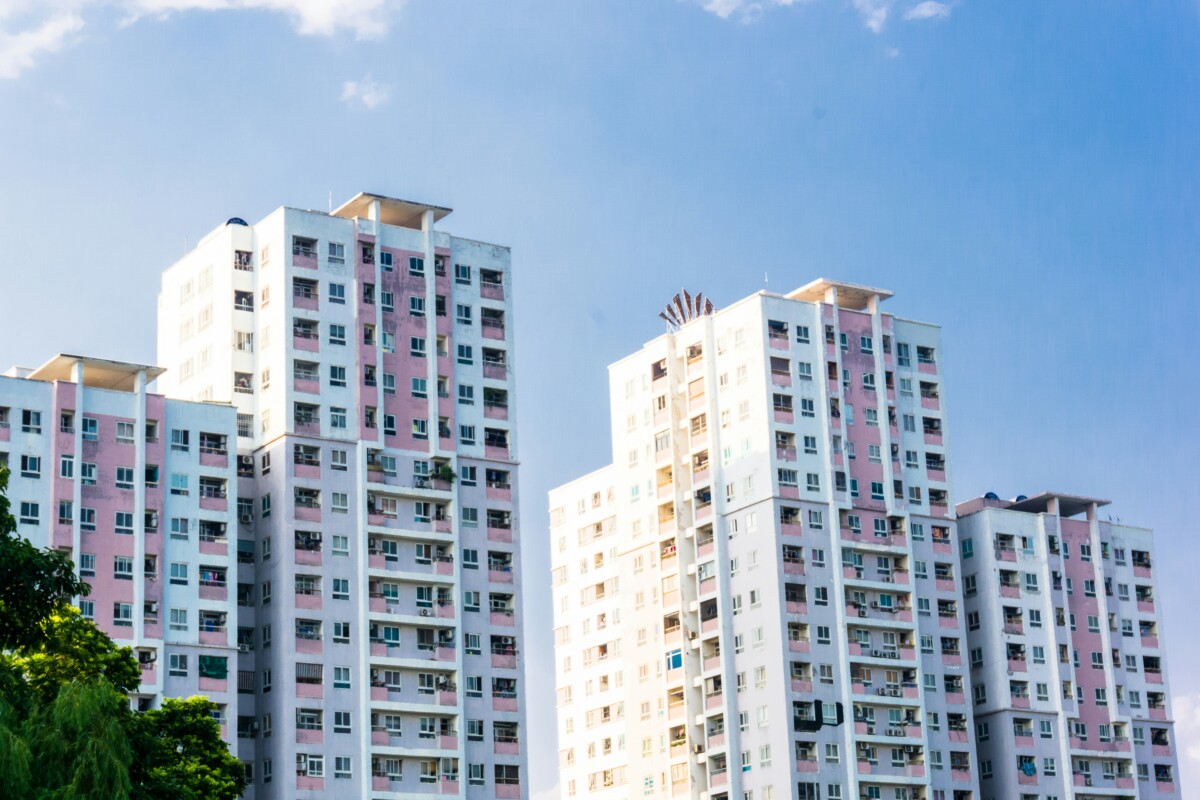
답글 남기기